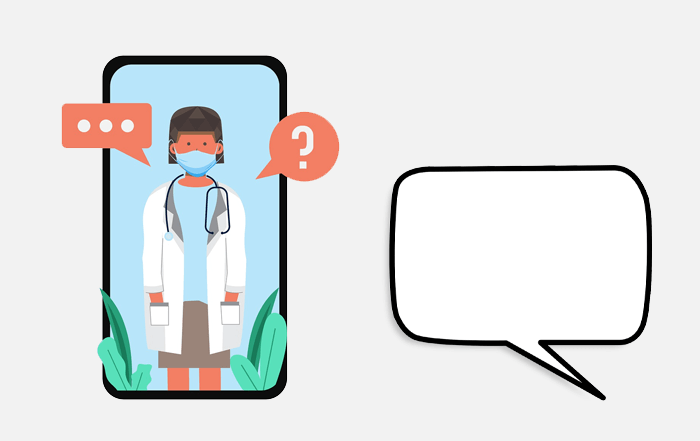Behavior management continues to be of tremendous importance to parents and professionals. Understanding the etiology of behavior in people with Fragile X syndrome is critical when creating proactive strategies to successfully manage that behavior. Knowing the triggers and manipulating the environment can often succeed in preventing the person with Fragile X syndrome from engaging in problem behavior.
Lessons in Self-Regulation or Emphasizing the Consequences?
This became apparent recently when consulting with a family whose son engaged in self-injurious behavior that included hitting his forehead with his fist when he was in noisy or crowded environments. The trigger was not obvious because he loved going to restaurants and looked forward to going until he got to the door. The obvious remedy was to avoid all crowded and noisy places, but how realistic is that? Not only is it unrealistic, it’s also not a good way to increase independence.
Best practice would be to identify the antecedent and develop ways in which the person with Fragile X syndrome can be desensitized to the environment. We would call this a lesson in self-regulation. In other words, they would learn that before they enter a noisy environment, they will put on their ear pods and play music on their player or wear headsets to muffle the sound. This teaches replacement behaviors that could help them throughout his lifespan.
The other part of this discussion is the emphasis on the consequence, especially when the consequence could in fact help maintain the behavior. Taking the example above, removing or avoiding loud environments could be construed as a consequence. When the person enters the noisy environment and engages in self-injurious behavior by hitting their head, they’re removed from the environment. This has the effect of rewarding them for hitting their head by removing them from a situation they consider aversive.
I contend that it is generally preferable to teach them how to handle noisy environments via effective behavior-shaping strategies rather than reacting by avoiding those environments.
This example provides a revealing contrast between proactive and reactive strategies. While both may be necessary at given times, putting more energy and emphasis on figuring out the antecedents makes more sense in the long run because it leads to a more adaptable individual who can better manage their response to stimuli in a wider variety of settings.
The example above is not unique. After getting background information and observing a number of behaviors, there appears to be similar antecedents that relate directly to the behavioral etiology.
Proactive Strategies to Successfully Manage Behavior
In an attempt to make sense of the problem behaviors, I have comprised a list from 50 intake forms and clustered them into categories. The list that follows shows a variety of behaviors most often presented during the intake and corresponding remedies. Although some of the behaviors occur mostly in boys, girls may also engage in variations of each behavior, though in a less direct manner (especially in the area of self-abuse).
Change in Routine
Behavior
Individual may demonstrate difficulty reacting to change or show strong reaction to changes in routines.
Remedies
- Try setting a visual schedule. If a change is scheduled, train the child to anticipate it by placing a question mark in the schedule to prompt the changes.
- Write a social story about the schedule and changes in routine.
Transition
Behavior
Individual may act out when they arrive at places of high interest and preference, stall when entering a building, or get in the car but won’t get out when you arrive at your destination. Crossing the threshold creates much anxiety because child cannot anticipate what is happening on the other side.
Remedy
- Give a task or job to do when crossing the threshold or getting out of the car.
Self-Abuse
Behavior
Individual may bite hand or pound their head with their hand when they’re stressed. They may slap their own face hard when told no. It’s possible they will obsessively pick at scabs or sores.
Remedies
- Provide them calming activities within a sensory diet, as suggested by an occupational therapist.
- Redirect their behavior by teaching a replacement behavior or provide bracelets or hair bands for their wrists to provide an alternative to picking.
- Consider restructuring the way the child is told no.
Sensory
Behavior
Individuals will likely stuff their mouth with food, chew their sleeve or shirt, cover their ears, or only wear particular types of clothing or fabrics.
Remedies
- Try reinforcing chew and swallow before subsequent bites.
- Provide chewies to avoid chewing on clothing or body parts.
- Noise cancelling ear phones can address noise sensitivity.
- Clothing can be challenging but try softer fabrics and looser shoes, such as sandals, flip flops, or crocs.
Inattention
Behavior
Individuals may seem distractible when required to sit for long periods of time and show poor impulse control, which usually gets worse when under pressure.
Remedies
- Use a token board to summon attention and to provide a tangible way to show how long the child needs to attend to the activity.
- Provide self-regulation to slow down by introducing deep breathing exercises or counting to 10.






